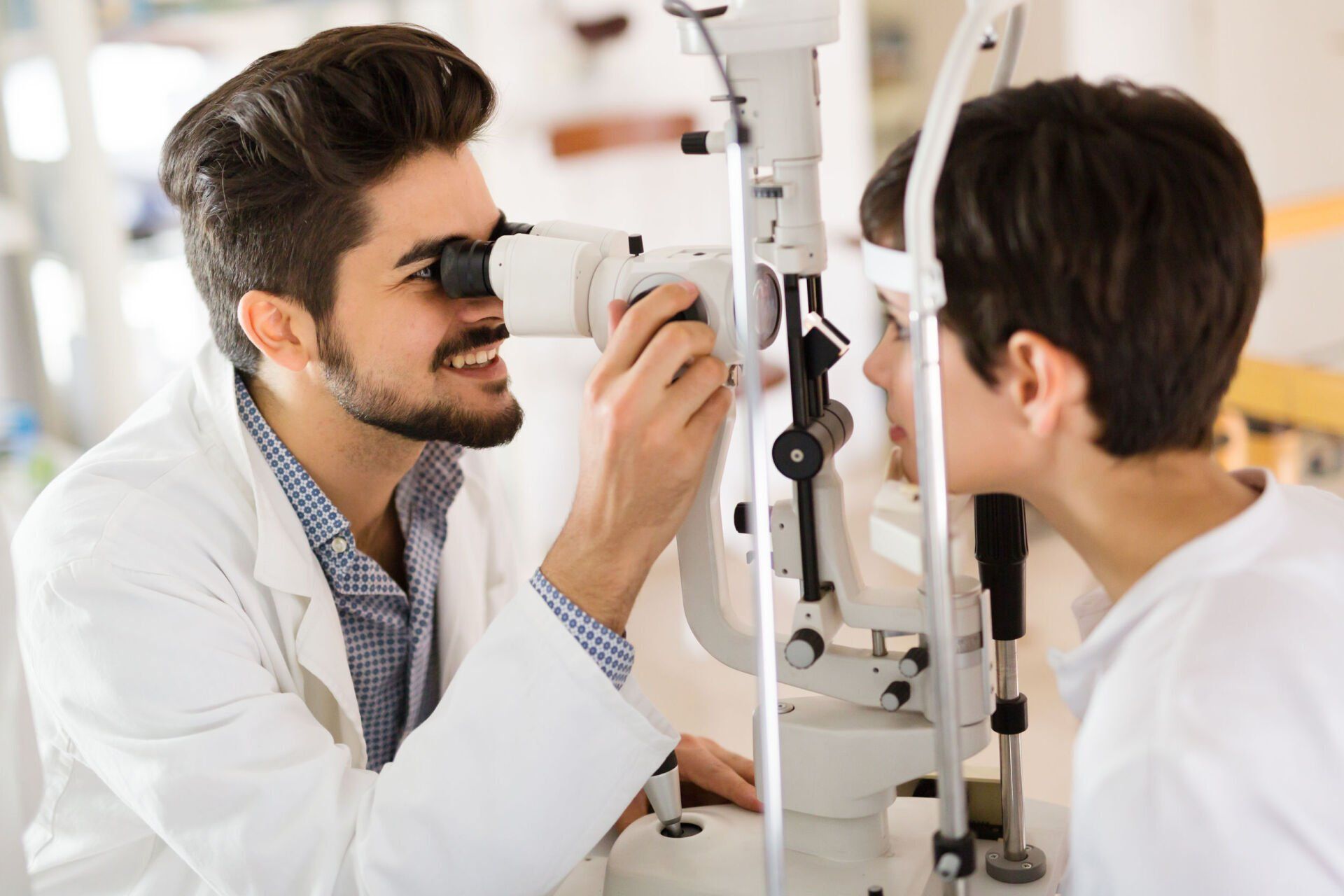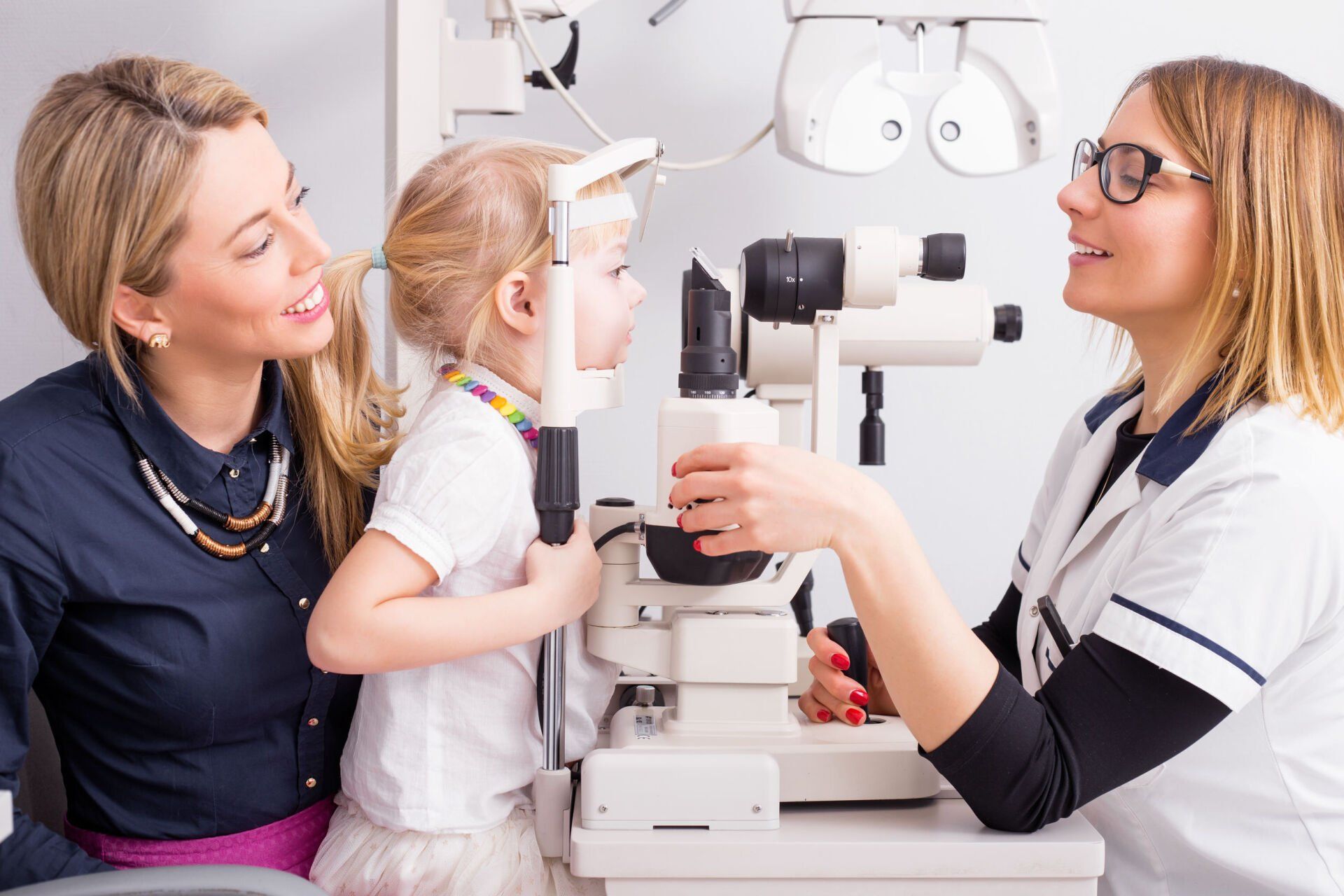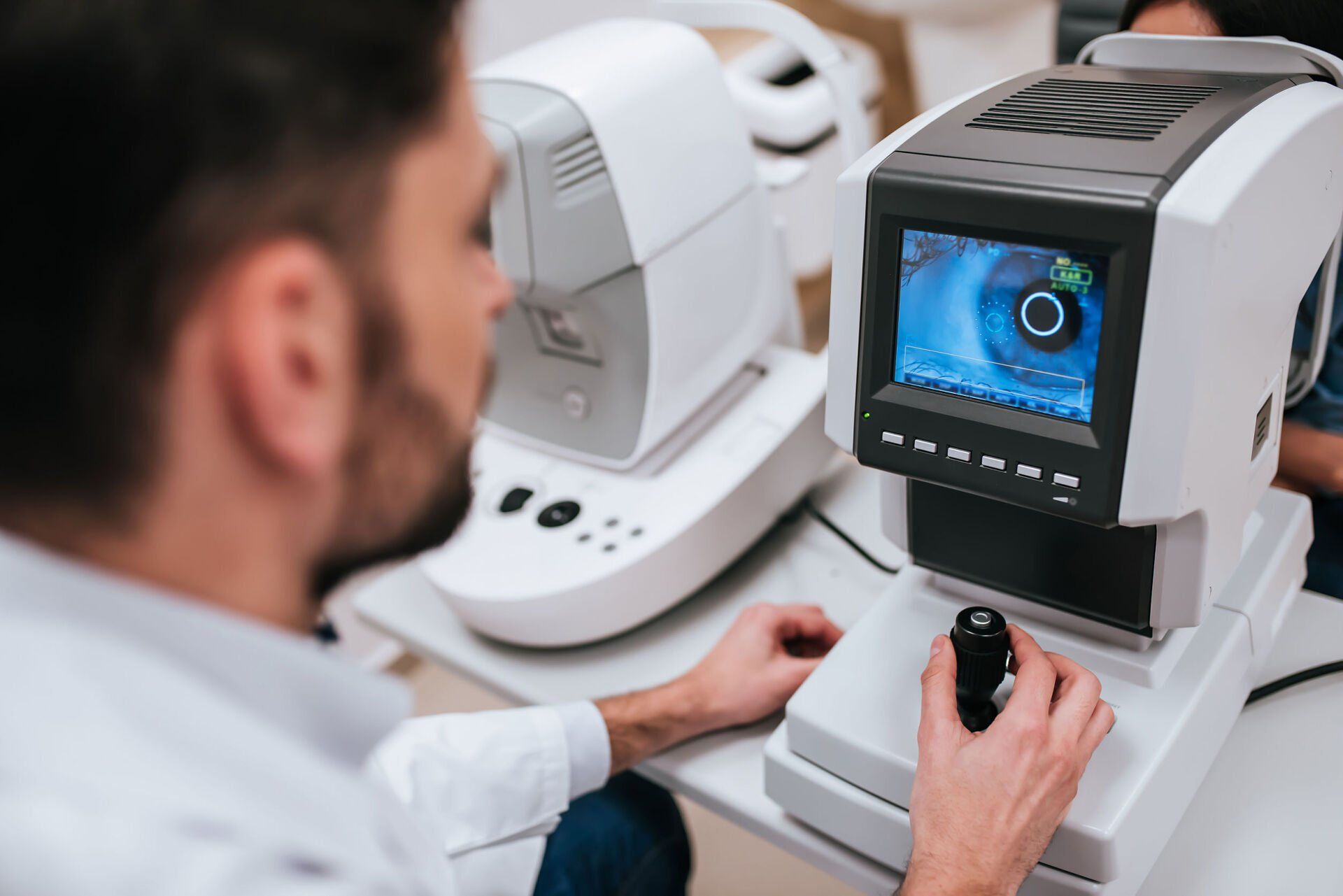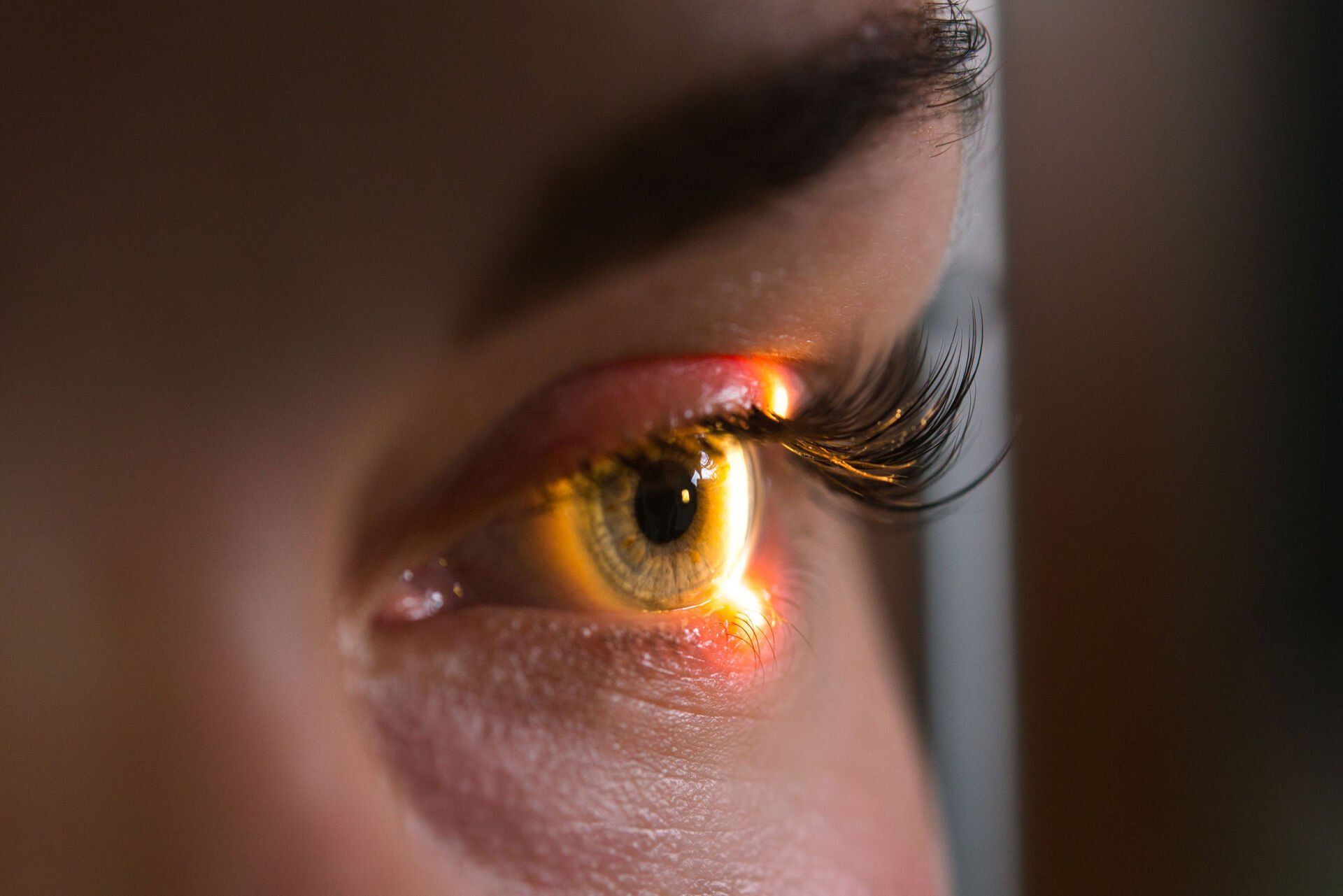01
Eye Exams

An Eye Exam is a series of tests conducted by one of our licensed Optometrists, for the purpose of evaluating your visual system including refractive errors. Eye exams can also diagnose eye diseases such as glaucoma and diabetic retinopathy. A series of tests analyze various functions of the eye, such as, coordination between the two eyes, accommodative facility for ease of reading, distance vision, and peripheral vision. A comprehensive eye exam which includes pupil dilation can identify vision complications at their earliest stages, giving you the opportunity to treat diseases or disorders more easily and limiting possible damage to the optical system.
A comprehensive eye exam with Dr Do-Bizzell consist of:
- Visual acuity testing to measure the clarity of your sight
- Refractive evaluation to diagnose refractive errors
- Visual field testing to measure your peripheral vision
- Binocular vision assessment for eye muscle coordination
- Dilated pupil examination of the back of your eye, retina, and underlying blood vessels
- Glaucoma testing to measure intraocular fluid pressure
- Testing reading vision by evaluation accommodative status
- Corneal exam to evaluate the health of the cornea, iris, lens and surrounding tissues
- Color vision testing
02
Pediatric Eye Care / School Exams
Back-to-School Eye Exams are Essential to Helping Children Succeed in the Classroom. According to the American Optometric Association "an annual eye exam should also be part of a student's back-to-school routine." During a child's school years (6-18 years old) their eyesight can change frequently or unexpectedly. This change can lead to behavioral and attention issues in the classroom and hamper your child's learning. While many schools offer vision screenings, these usually aren't thorough enough to detect potentially serious eye and overall health issues in children.
Schedule your child's appointment today. We understand that life can be busy, so we offer morning afternoon and Saturday appointments.

03
Cataract & Diabetic Evaluations

Diabetes is one of the top causes of blindness in the United States. It affects millions of Americans every year. Diabetics are at an increased risk of developing eye diseases that can lead to loss of vision. Because of this it is important for diabetic patients to have their eyes examined annually. Early Detection of eye disease is key and can help prevent permanent damage. The risk of developing vision problems can be reduced through regular eye exams and by monitoring blood sugar levels. Diabetic retinopathy is an eye disease of the retina and could cause loss of vision if not diagnosed and treated early. Diabetic retinopathy can progress without any obvious symptoms, so it is important to have a thorough annual eye exam.
Things to know:
Diabetic retinopathy is a complication of diabetes that weakens the blood vessels that supply oxygen to the retina These weak vessels can leak, swell or develop thin branches, causing a loss of vision. Changes to your vision may not be noticeable at first. In its advanced stages, the disease can cause blurred or cloudy vision, floaters, blind spots, and eventually blindness. This damage is irreversible.
Cataracts are a clouding of the normally clear lens of your eye. For people who have cataracts, seeing through cloudy lenses is a bit like looking through a frosty or fogged-up window. Clouded vision caused by cataracts can make it more difficult to read, drive a car (especially at night) or see the expression on a friend's face. Cataracts can develop slowly and may not disturb your eyesight early on. But with time, cataracts will eventually interfere with your vision. Annual exams from Dr Terry & Associates can help diagnose cataracts in their early stages. Once detected the doctors can recommend potential treatment options.
Most cataracts develop when aging or injury changes the tissue that makes up your eye's lens. Some inherited genetic disorders that cause other health problems can increase your risk of cataracts. Cataracts can also be caused by other eye conditions, past eye surgery, long-term use of steroids medications or medical conditions such as diabetes.
Signs and symptoms of cataracts include:
- Clouded, blurred or dim vision
- Increasing difficulty with vision at night
- Sensitivity to light and glare
- Need for brighter light for reading and other activities
- Seeing "halos" around lights
- Frequent changes in eyeglass or contact lens prescription
- Fading or yellowing of colors
- Double vision in a single eye
04
Red Eye & Dry Eye
Red eye is a common problem that can affect one or both eyes. The redness associated with red eye comes from blood vessels on the surface of your eye that are expanded ( dilated) due to some form of irritation or infection. Causes for Red Eye can vary widely from allergies, to dry eyes (decrease of tear production) to complications for contact lenses. If you are experiencing red eye schedule an evaluation with Dr Joe Terry & Associates today to help diagnose and treat the
issue.
Dry eye is a chronic condition in which the body does not produce enough quality tears to sufficiently lubricate the eye. Without tear lubrication, the eyes may become irritated, causing burning, itchiness and excessive watering. Patients with severe cases of dry eyes may actually experience vision impairments caused by damage to the surface of the eye. Fortunately, dry eye treatments are available to help the eye produce more of its own natural tears and also manage inflammation. The only way of knowing whether you need treatment for dry eye is by visiting your eye doctor for a diagnostic exam.
